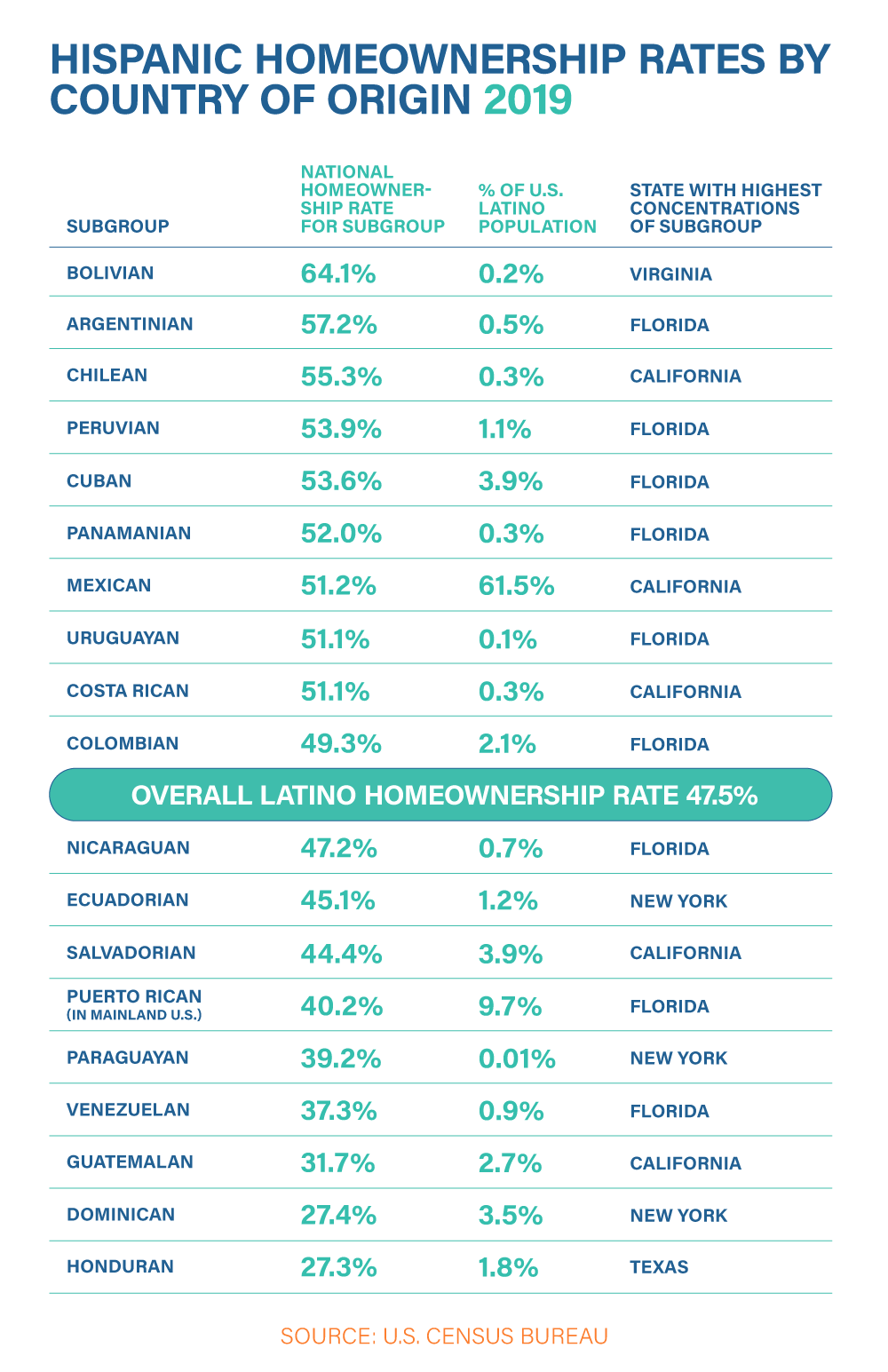NAC Blog: Somos Latinos, from sea to shining sea
Celebrating NAHREP familia, cultura, politics, and grassroots action
June 24, 2021
Qué onda mi gente?!
“Start Small, Dream Big”
Who saw In the Heights? If you haven’t, que carajos esperan?
Listen up, if we want representation in Hollywood, and we want to change the narrative about Latinos, showing up at the box office when we’re on the main screen is the least we can do. Lin Manuel Miranda shared our stories, one of familia, comunidad, and powerful sueñitos that keep us alive and hungry (in a good way). “Start small, dream big.” Isn’t that how we all got started? Seeing those choreographed scenes of beautiful Latino faces dancing to the vibrant beat of our music, filled my heart in a way few things have during this past year.
While the backlash against Lin Manuel Miranda on his lack of casting of Afro-Latinos in leading roles in the Washington Heights-based movie (heavy Dominican neighborhood) took a toxic turn, understanding the diversity within the Latino community is critical for anyone who advocates on behalf of Latinos or who works to advance the needs of the Latino community.

Latinos are diverse and so are our homeownership rates
You might have missed it in the State of Hispanic Homeownership Report but there is a critical breakdown on page 20 of the Latino homeownership rate by country of origin. Look, Latinos stem from over 20 different Latin American countries with different economic realities, different migration stories, and yes, even different skin colors. To be a Latino champion is to understand the different nuances of Latinos all over the country and to stand up just as fervently for Latinos regardless of what country they originate from.
What the State of Hispanic Homeownership Report tells us about the diversity within the Latino community
First and foremost, the point of comparison for all of the following is 47.5 percent, the national Hispanic homeownership rate in 2019.
- Bolivians, Argentinians, and Chileans have the highest homeownership rates in the U.S. The homeownership rate for Bolivians is not too different from what the overall U.S. homeownership rate is. Argentinian and Chileans are also two of the most European of all Latin American countries and those that immigrate to the U.S. tend to be more affluent to begin with. However, when you add them all up, these three groups only make up a little over one percent of the Latino population in the U.S.
- Guatemalan, Dominican, and Hondurans have the lowest homeownership rate. Hondurans have a homeownership rate of 27.3 percent, the lowest out of any demographic and are largely located in Texas. Both Hondurans and Guatemalans comprise the groups with the highest rate of recent immigrants. Dominicans and Guatemalans are also mostly located in the high-cost markets of New York and California, two of the most expensive housing markets.
- Mexicans are the largest group of Latinos in the U.S. and largely carry the overall Latino homeownership rate. Because Mexicans comprise 61.5 percent of U.S. Latinos, their homeownership rate carries a lot of weight. Latinos of Mexican descent have a homeownership rate of 51.1 percent, meaning that the majority of Mexicans are homeowners. However, many Mexicans (such as many in Texas and California) have been in the U.S. since before the U.S. was the U.S., and immigration from Mexico has largely slowed down. Recent immigrants have lower homeownership rates than communities who have been in the U.S. for longer.While most Mexican-Americans are found in California (the state with the biggest housing shortage and most unaffordable markets), the second most populous Latino state of Texas is where Latinos are buying the most homes in the country.
- Afro-Latinos have a lower homeownership rate than the non-Hispanic Black population: Afro-Latinos have a homeownership rate of 41.8 percent, compared to 42.8 percent of non-Hispanic Black Americans.
Understanding the nuances and realities of the various communities is going to be critical to increasing the overall Latino homeownership rate. Anyone who lumps Latinos into one big group and thinks that all Latinos are the same is not going to be successful in reaching the Latino market.
A Latino homeownership strategy requires one that embraces the regional and cultural nuances, and hires from within the community.

This shows us where we need to focus. What communities are doing well, and which communities need the most support. We need different strategies depending on the various Latino communities, and we need to stand on a united front. Action item: Share this with your elected officials and community leaders!
NAHREP is a truly Latino representative organization with representation from every country on this graphic. Here’s a challenge: when you go to NAHREP at L’ATTITUDEthis year, find someone from every country of origin on this graphic and learn about them. Learn about their cultural differences, learn about their stories. All of you are Latino leaders. Part of the fun of that is learning about the diversity within our beautiful Latino community.
Un abrazo!

About Noerena Limón
Noerena Limón is NAHREP’s Executive Vice President of Public Policy and Industry Relations. Noerena heads the organization’s policy and advocacy efforts on issues ranging from homeownership, housing inventory, credit access and immigration.
Prior to joining NAHREP, Noerena spent six years at the Consumer Financial Protection Bureau (CFPB) and served as a political appointee under President Obama in the White House Office of Political Affairs.


